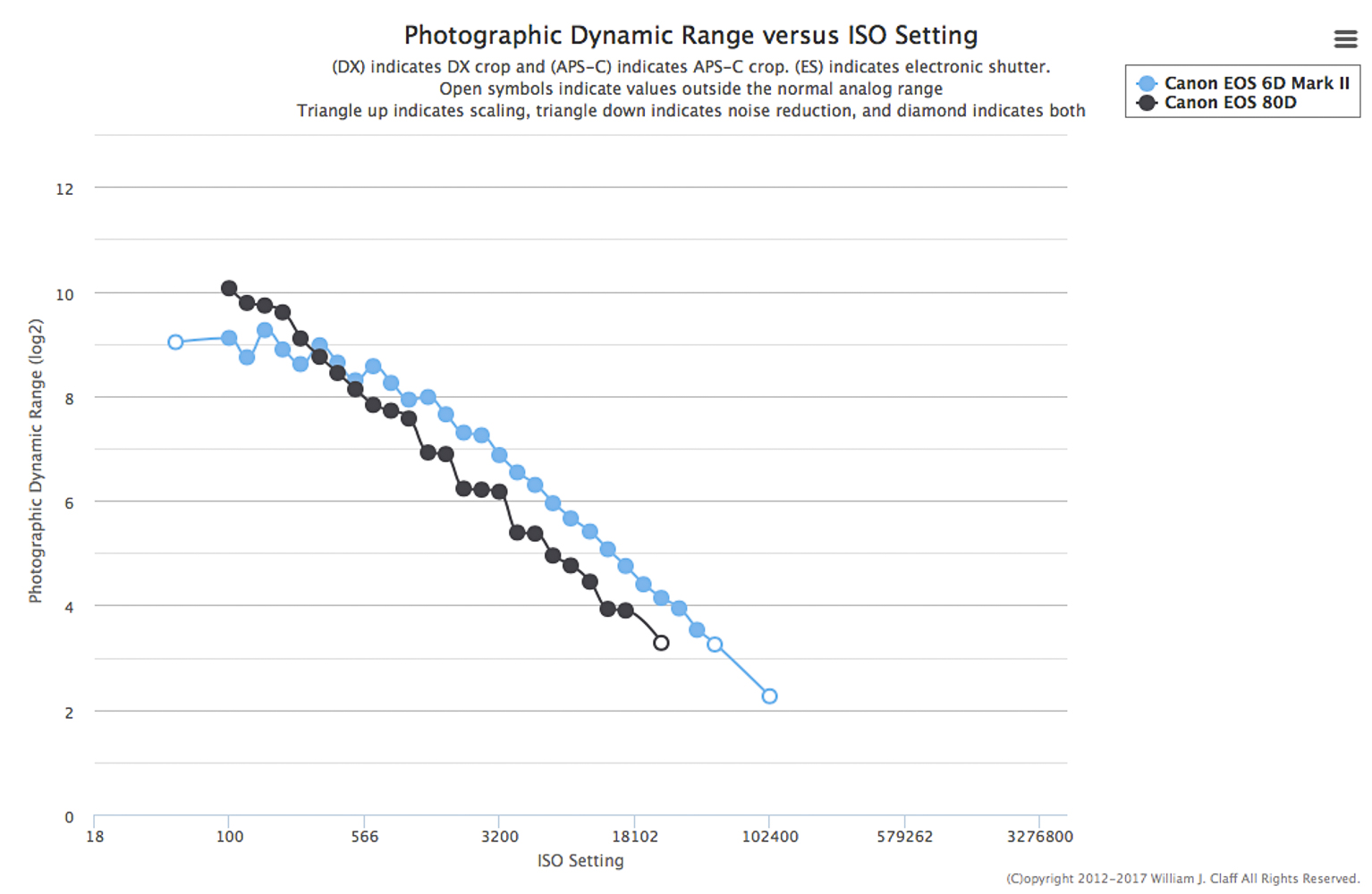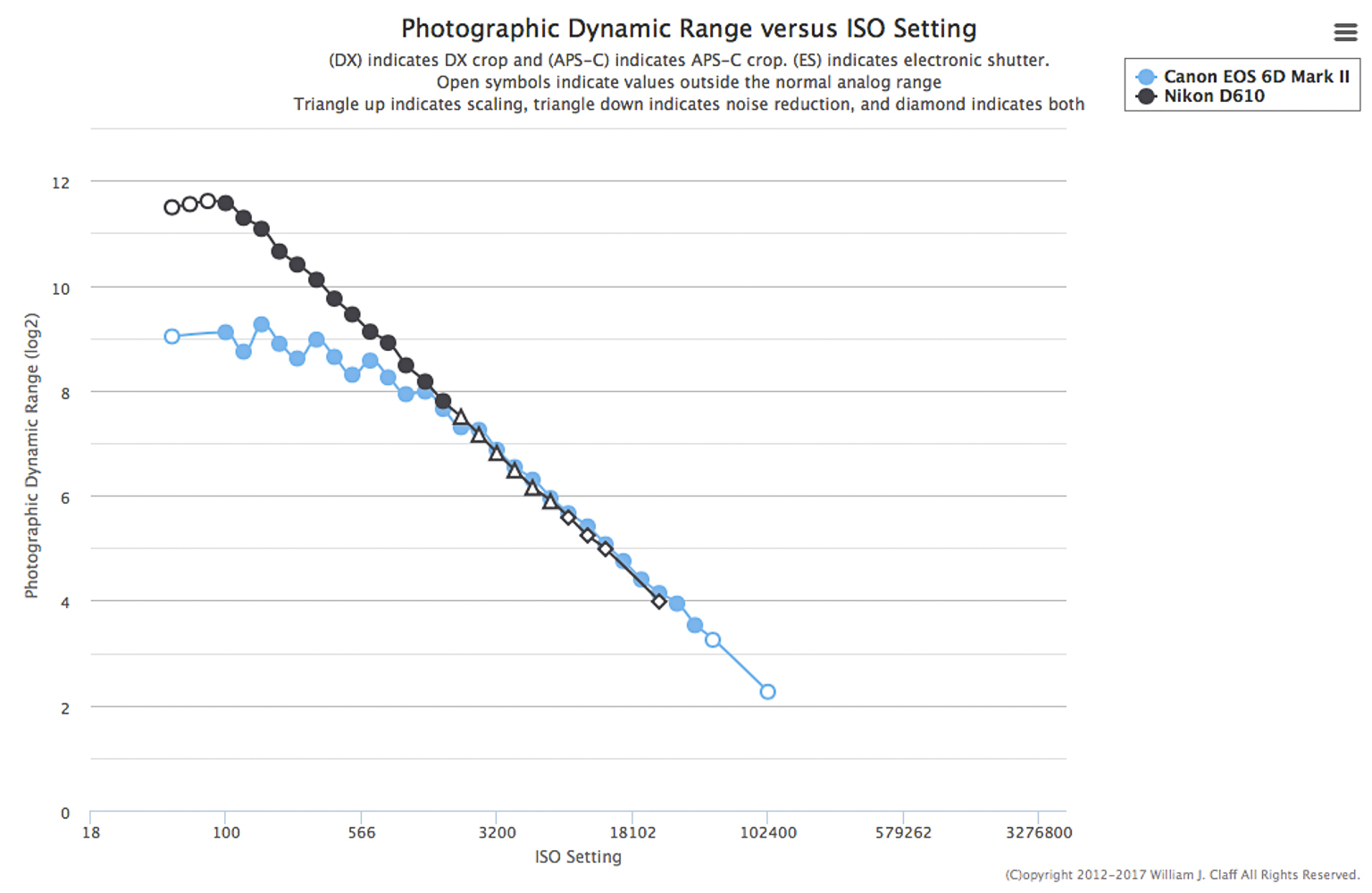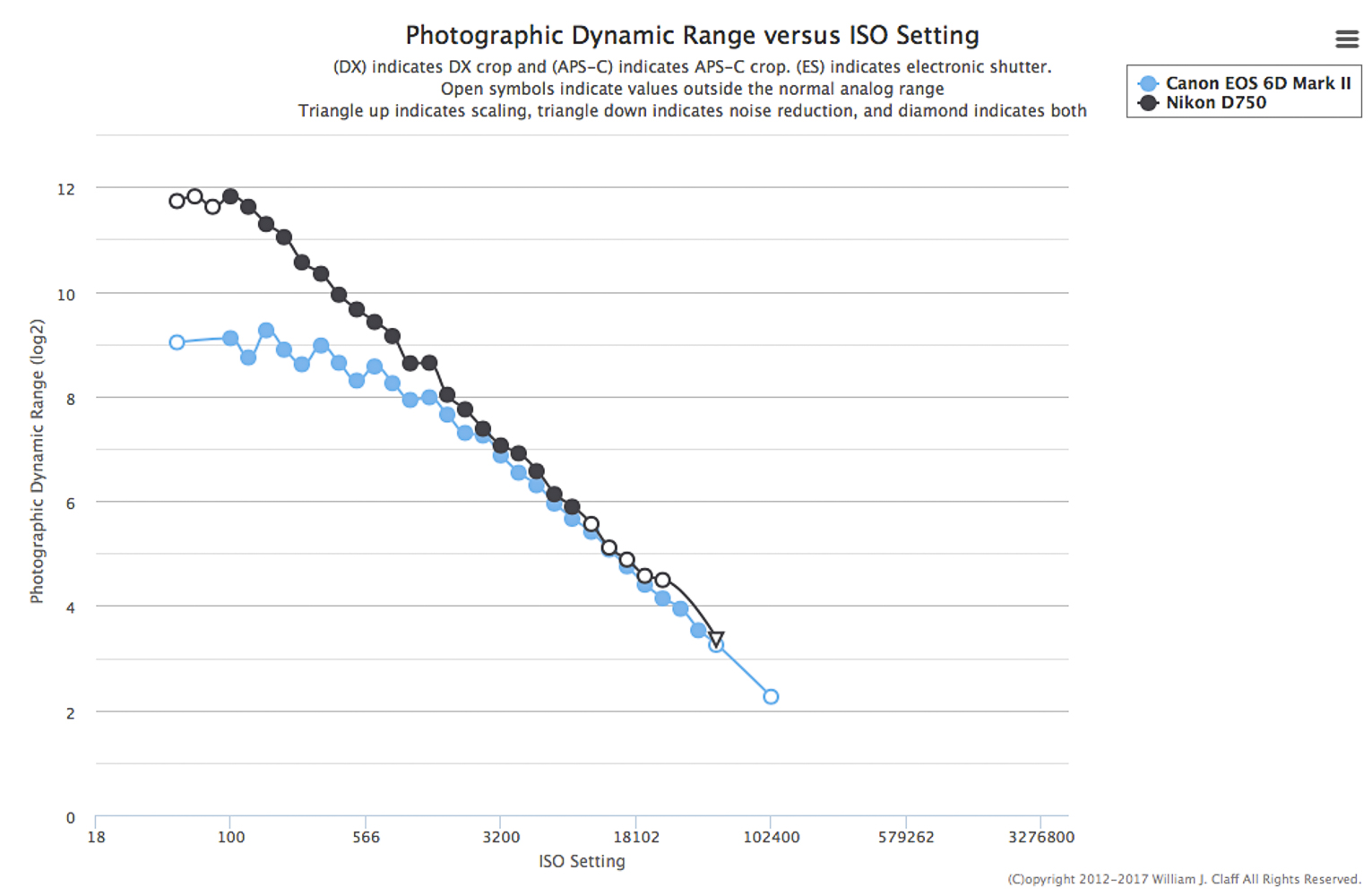The views and opinions expressed in this article are those of the authors and do not necessarily reflect the official policy or position of SLR Lounge as an entity
When the rumblings of an update to the Canon 6D began to permeate the channels of photography news, many hoped this latest release would represent the company’s reinvigorated commitment to offering competitive class-leading products in the marketplace. However, those hopes were dispelled by the reality of the delusion that taking five years to offer two years worth of updates would please the consumer.
Now that this camera is in hands of testers, we can begin to evaluate its performance and alleviate or confirm concerns regarding its value. For anyone still on the fence, perhaps you can answer that all important question. Is this camera worth your $2,000?
[REWIND: Shooting My First Fashion Editorial | Gear, Location, Lead-Up, & Lessons Learned]
6D v 6D MKII
Compared to the 6D MK I, other features such as the new processor, upped FPS, and much-improved auto focus capability with Dual Pixel AF and an increased autofocus point-count make the 6D MK II a more capable camera overall. However, is the improved AF enough to confidently invest in a 6D MK II over the Mark I? Or how about compared to other brands? It would seem today that with a camera like this (not meant to be a sports camera) that something like improved PDR would be more important.
To that end, Bill Claff recently published his dynamic range tests of the 6D Mk II over on his site photonstophotos.net and his results, as always, are illuminating and frank. In the case of the 6D Mark II, what they painted was also unflattering.
Granted, dynamic range is but one facet of a camera’s capability, but a critical one, and an important measure of performance of digital cameras. It is of varying importance in different genres of photography, and while the 6D MK II is certainly not positioned at the pinnacle of Canon’s lineup, one would think that the tide of technological progress would pull its capability forward in this area by default; especially after half a decade. Sadly and surprisingly, this isn’t the case, as the original 6D proves to have better dynamic range than its successor. Why, and how then, will it stand against other offerings in this space? See below.
6DMKII v D610 & D750
Canon’s pricing also makes things a bit dicey. Asking $2,000 for this camera places it in quite the precarious predicament as it puts it in competition with the D750, which comes in at $200 cheaper, at $1800 new. And until Nikon refreshes its lineup, it is on the same tier as the D610, which comes in at $500 less than the 6D Mark II new.
Comparatively, these two Nikons are unquestionably superior regarding dynamic range and both offer a superior autofocusing ability to the original 6D. If you were looking for a way into the full frame DSLR world, these are arguably better performers and better priced.
6D v 80D
Perhaps most shockingly, however, is that when compared to Canon’s cropped sensor 80D the results show that Mark II falls short here as well. This is puzzling and probably disappointing for anyone with high hopes for this highly anticipated body. The 80D and the 5DMIV show that Canon is certainly capable of providing better performance in this area, and therefore one can only conclude that they just weren’t willing to give it in the 6D Mark II.
 [REWIND: What Are The Best Lenses For Product & Still Life Photography?]
[REWIND: What Are The Best Lenses For Product & Still Life Photography?]
The forecast is not entirely bleak because, again, there’s more to a camera than just dynamic range, and there’s certainly more to appreciate and love about the Mark II, even if with DR and lack of dual card slots Canon has not done themselves any favors.
It does, however, throw into sharp focus that the 6D Mark II lags behind Nikon’s last generation cameras and therefore will most certainly fall short of the next, not to mention Sony’s trio of A7 Mk III cameras look to be on the horizon as well.
At this point Canon has made the most compelling reason to upgrade to the 6D Mark II brand loyalty and your investment in expensive Canon glass. That’s my opinion but it’s certainly shared. In this particular space, what does Canon have to offer above the rest other than its good glass?
Unless Canon has another new camera lurking in the shadows or a new philosophy including faster update cycles, it would appear that the 6D Mark II will be stranded on an island of irrelevance by next summer.
















